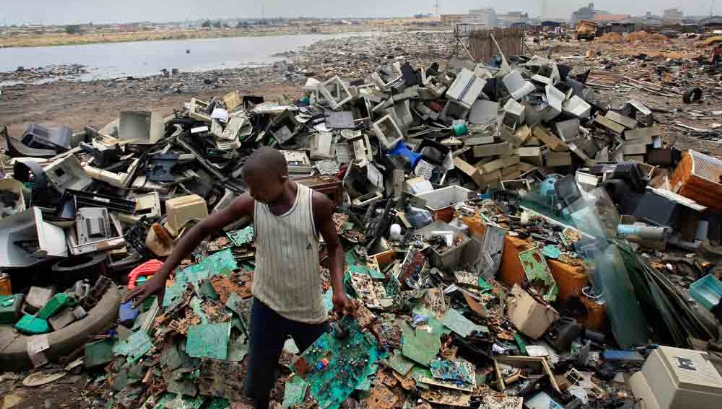More and more it seems consumer electronics has become "throw-away" quality right out of the box...
I recently purchased a Bang and Olufsen Beocord 8004 cassette player on Craigslist for $80.00...
Belts had turned to goo...but in the process of taking it apart I managed to find a service manual online (B&O provided) and I am ALWAYS impressed with the documentation and schematic/manual detail of stuff from the 70-80's...
To be fair this cassette player was originally $600-700 dollars I think...but still...the quality and built in features make it worth restoring...(from my limited research it seems B&O helped design the original Dolby Noise reduction technology???)
This cassette player comes with an LCD and microcontroller/clock that measures the tape and allows you to set "memory store locations"...what a feature.
Anyway I am reminded of a Sony Mixer I picked the MXP21 and the amount of detail that was in the manual/schematic...no one does that anymore because its probably just cheaper to replace everything.
I'm not sure thats a good thing.
Beoworld
I recently purchased a Bang and Olufsen Beocord 8004 cassette player on Craigslist for $80.00...
Belts had turned to goo...but in the process of taking it apart I managed to find a service manual online (B&O provided) and I am ALWAYS impressed with the documentation and schematic/manual detail of stuff from the 70-80's...
To be fair this cassette player was originally $600-700 dollars I think...but still...the quality and built in features make it worth restoring...(from my limited research it seems B&O helped design the original Dolby Noise reduction technology???)
This cassette player comes with an LCD and microcontroller/clock that measures the tape and allows you to set "memory store locations"...what a feature.
Anyway I am reminded of a Sony Mixer I picked the MXP21 and the amount of detail that was in the manual/schematic...no one does that anymore because its probably just cheaper to replace everything.
I'm not sure thats a good thing.
Beoworld







